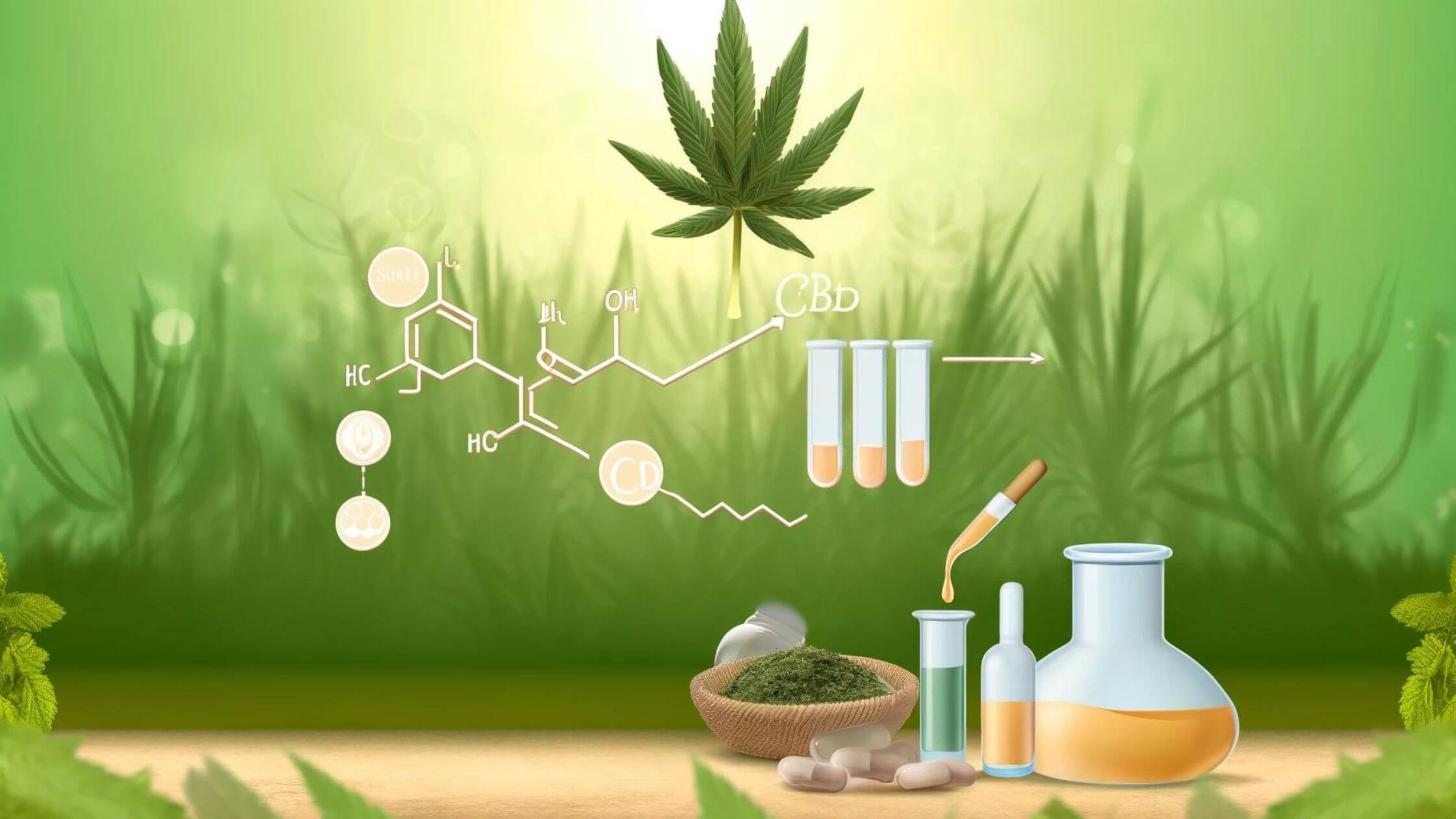Key Takeaways:
- Aspect Details
- Origins Derived from Cannabis sativa, history in wellness
- Extraction Various methods, including CO2 and ethanol
- Uses Wellness, therapeutic benefits and emerging culinary applications
Cannabidiol (CBD) has become a cornerstone in the wellness and health industries, offering a myriad of benefits without the psychoactive effects traditionally associated with cannabis. This article introduces the basics of CBD, covering its origins, extraction methods, and a brief overview of its uses.
Origins of CBD
CBD is derived from the Cannabis sativa plant, a species renowned for its diverse applications, ranging from medicinal to recreational. Unlike its cousin THC (tetrahydrocannabinol), CBD does not induce a “high,” making it an appealing option for individuals seeking relief without psychoactive effects. The historical use of cannabis for wellness dates back thousands of years, indicating a long-standing recognition of its potential health benefits.
CBD Extraction Methods
The extraction of CBD is a sophisticated process that influences its purity and quality. The most common methods include:
- CO2 Extraction: Regarded as the gold standard, this method uses pressurised carbon dioxide to pull CBD and other phytochemicals from the plant. It’s efficient and leaves no residual solvents.
- Ethanol Extraction: This method utilises high-grade grain alcohol as a solvent. It’s effective but can also extract unwanted substances, requiring further purification.
- Oil Infusion: One of the oldest techniques, involves infusing a carrier oil with cannabis. While simpler, it’s less efficient than other methods.
Basic Properties and Uses of CBD
CBD’s properties make it suitable for a wide range of applications. Here’s a snapshot of its uses:
- Wellness and Health: CBD is credited with various health benefits, including anxiety reduction, pain relief, and anti-inflammatory properties. Its therapeutic potential is a subject of ongoing research, with promising results in areas such as epilepsy treatment.
- Skincare: Thanks to its anti-inflammatory properties, CBD is increasingly found in skincare products, aiming to reduce acne, redness, and irritation.
- Culinary Uses: The culinary industry is beginning to embrace CBD, incorporating it into gourmet dishes and wellness beverages for its flavour and health benefits.

Future Trends
Looking ahead to 2024, the CBD market is expected to expand into new areas, including technological integration for product accountability and quality, as well as a deeper integration into the culinary world. Innovations in product offerings, such as low-dose edibles and beverages, are poised to broaden CBD’s appeal to a wider audience.
As the CBD industry continues to evolve, it remains at the forefront of discussions about wellness, natural health solutions, and the integration of cannabis-derived products into daily life. The potential of CBD is vast, with ongoing research and development paving the way for new applications and products that could transform how we view and use this remarkable compound.




